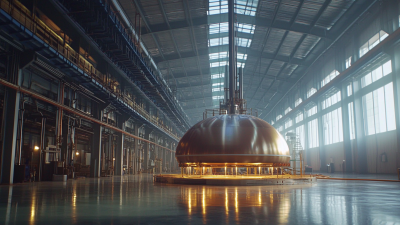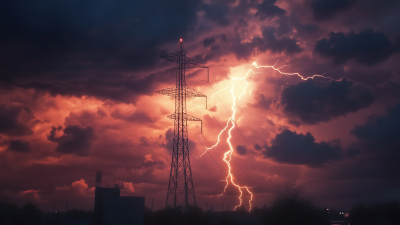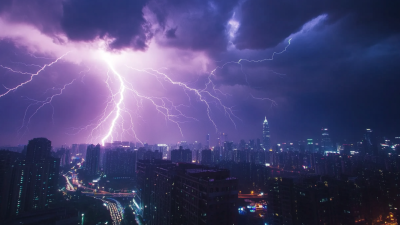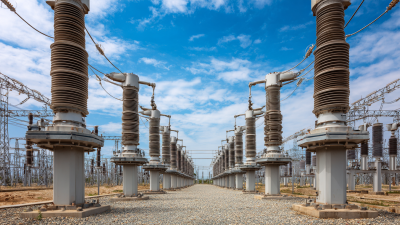
-
Home
-
About Us
-
Products
-
News
-
Blog
-
Contact Us
Leave Your Message

In today's fast-paced technological landscape, the importance of safeguarding electrical systems from unpredictable weather phenomena cannot be overstated. Lightning strikes can reach over 1 million volts and cause catastrophic damage to electrical infrastructure, leading to significant financial losses. According to a report from the National Lightning Safety Institute, lightning causes an estimated $1 billion in damages annually in the United States alone.
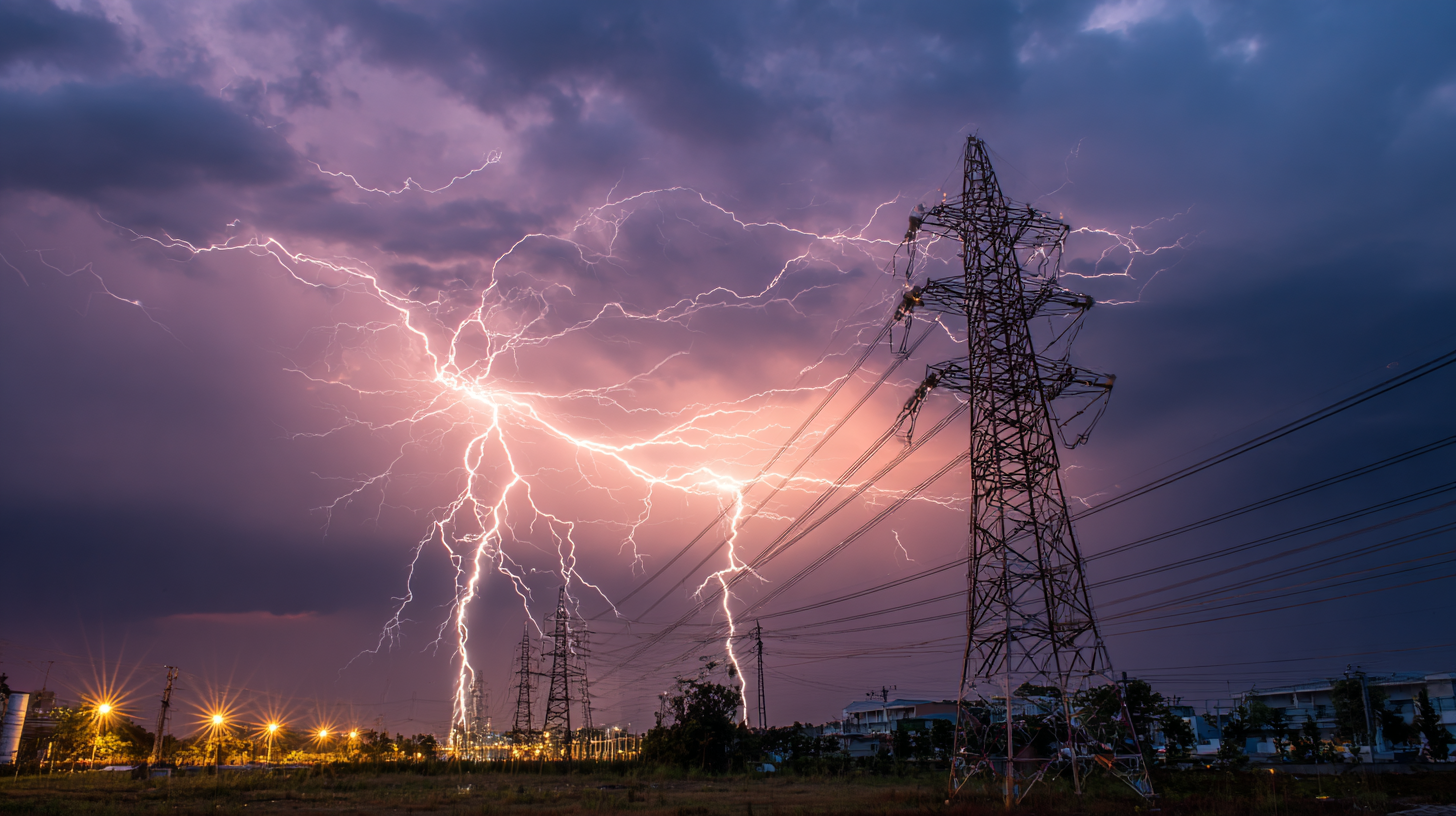
Choosing the right Lightning Surge Arrestor is crucial in protecting sensitive equipment and ensuring uninterrupted service. With various types available on the market, understanding the specific needs of your electrical systems becomes imperative for effective lightning protection. In this blog, we will explore the best options for Lightning Surge Arrestors tailored to your specific requirements, helping you make informed decisions while fortifying your electrical assets against nature's fury.
Lightning surge arrestors play a critical role in protecting electrical systems from the unpredictable nature of lightning strikes. When a lightning bolt hits, it can generate an overwhelming surge of energy that may damage sensitive electronic equipment and disrupt power supply. A surge arrestor acts as a first line of defense, redirecting this excess voltage safely to the ground, thus safeguarding both the infrastructure and the devices connected to it. Understanding this essential function is the first step to ensuring the longevity and reliability of any electrical installation.
Selecting the right lightning surge arrestor goes beyond simply choosing an option based on cost. It is crucial to evaluate factors such as the application's voltage levels, the specific environment where the arrestor will be installed, and the potential threat level posed by lightning strikes. Different arrestors are designed for varying electrical systems, whether residential, commercial, or industrial. Therefore, diligent consideration of these elements allows for appropriate protection tailored to meet specific needs, ensuring that electrical systems remain operational even in the face of severe weather events.
When selecting a lightning surge arrestor, understanding the key factors that influence performance is crucial. One significant consideration is the voltage rating of the device. According to a recent industry report by the International Electrotechnical Commission (IEC), surge arrestors should be chosen based on the maximum continuous operating voltage (MCOV) of the equipment they are protecting. For instance, a surge arrestor with a lower voltage rating may not effectively safeguard sensitive electronics, potentially leading to costly damages. Ensuring the arrestor’s voltage rating exceeds the operational levels is fundamental for optimal protection.
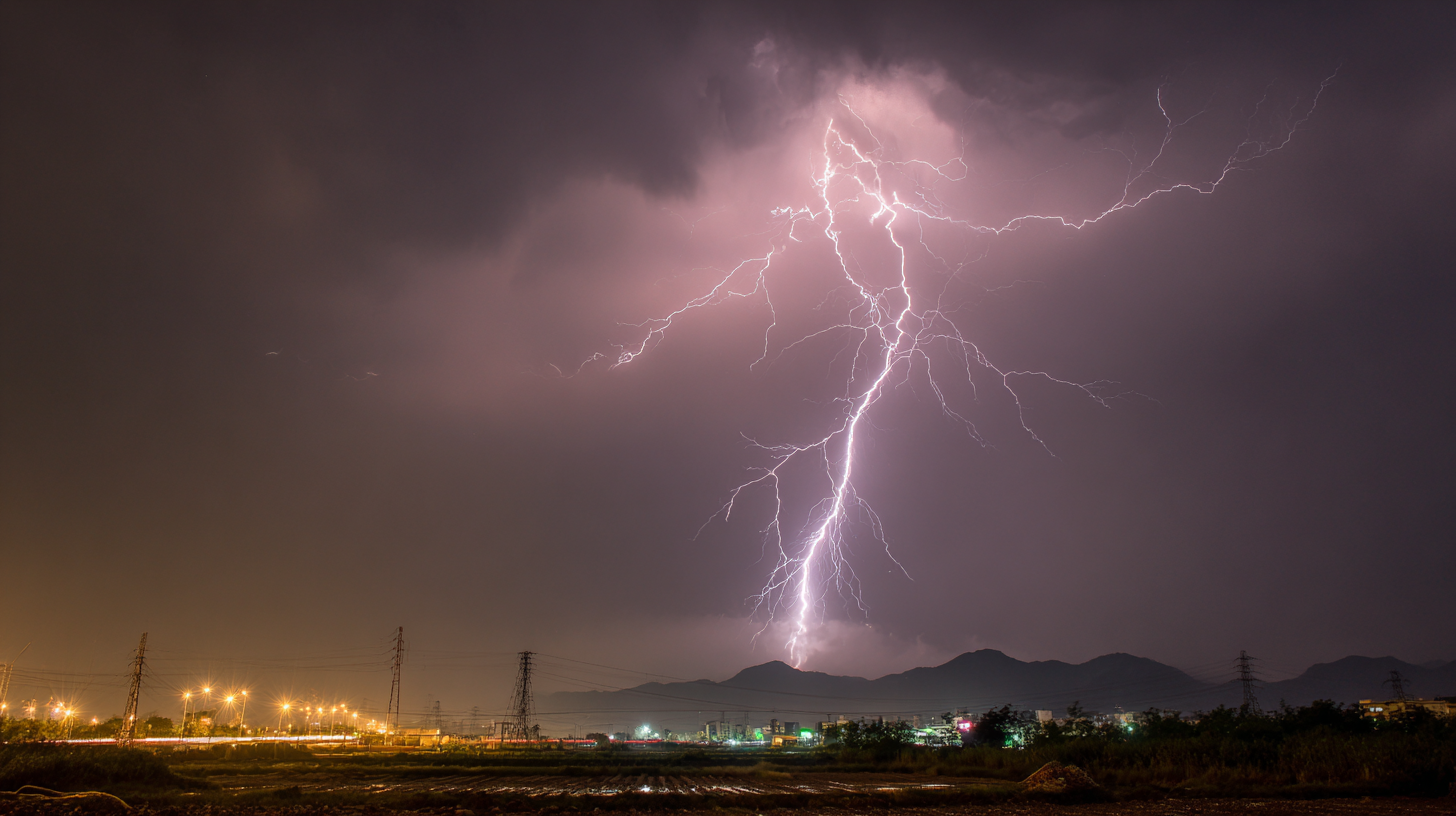
Additionally, the energy absorption capacity of the surge arrestor plays a vital role in its effectiveness. The same IEC report highlights that devices with higher energy absorption ratings (measured in joules) provide better protection against severe surges, which can occur during extreme weather events. For example, surge arrestors rated for 20,000 joules or more are generally recommended for areas prone to frequent lightning strikes, as these devices can better withstand intense voltage spikes. Thus, evaluating the specific environmental risks and matching them with the arrestor’s specifications can significantly enhance electrical safety and reliability.
When selecting a lightning surge arrestor, it's crucial to understand the different types available and their specific applications. Typically, surge arrestors can be classified into three main categories: Type 1, Type 2, and Type 3. Type 1 surge arrestors are installed on the utility service entrance and are designed to protect the entire electrical system from external surges caused by lightning or utility issues. According to a 2021 report by the IEEE, Type 1 arrestors have been shown to reduce surge-related damages by up to 80%, making them an essential component for industrial facilities.
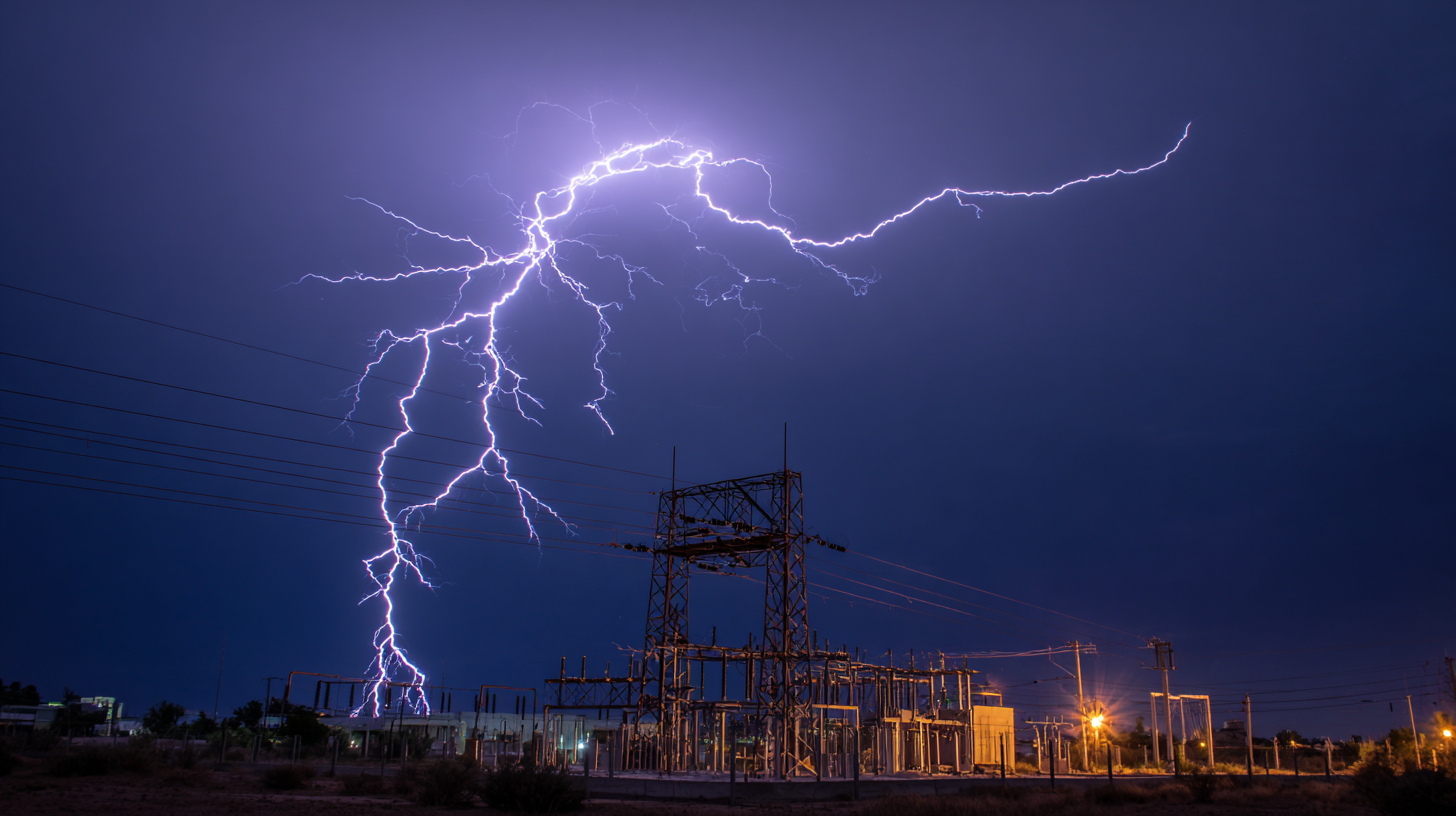
Type 2 surge arrestors, on the other hand, are installed on the distribution panel and are intended to protect against residual surges following Type 1 events. These devices are critical in residential and commercial settings where internal surges from electrical equipment can cause significant harm. The National Electrical Code (NEC) suggests that every commercial facility should install Type 2 arrestors to ensure optimal protection.
Lastly, Type 3 surge arrestors are point-of-use devices, ideal for protecting sensitive electronic equipment like computers and servers. A recent market analysis from MarketsandMarkets indicates that the demand for Type 3 arrestors is increasing, projected to grow at a CAGR of 6.5% through 2025 as organizations continue to invest in safeguarding their technological assets.
When assessing your specific needs for lightning surge protection, the first step is to understand the potential risks in your environment. Factors such as your geographical location, the type of structure you are protecting, and the presence of sensitive electronic equipment all play a significant role. For instance, areas that frequently experience thunderstorms need robust protection to guard against high-energy surges. Additionally, buildings with extensive electronic systems, like data centers or communication towers, require specialized surge arrestors to minimize downtime and equipment damage.
Once you've identified the risks, evaluate the specifications of various lightning surge arrestors available on the market. Look for units that offer appropriate voltage ratings and response times for your setup. It's also essential to consider the installation requirements and whether your current electrical system can support the chosen device. Collaborating with a professional can provide invaluable insights tailored to your unique situation, ensuring effective protection against lightning-induced surges while optimizing your safety and equipment longevity.
When it comes to safeguarding your property from the unpredictable nature of thunderstorms, proper installation and maintenance of lightning surge arrestors become paramount. These systems play a crucial role in directing lightning safely away from your home, thereby minimizing the risk of damage. To ensure optimal performance, it is essential to have a professional assess your property’s vulnerability and install a surge protection system that meets your specific needs. A comprehensive installation not only includes the strategic placement of the surge arrestors but also incorporates routine checks to ensure their effectiveness.
Maintenance is just as critical as the initial installation. Regular inspections can help identify wear and tear or any potential failures in your surge protection system. It's advisable to replace surge protectors preemptively, particularly before storm seasons, as older units may not function adequately when most needed. This proactive approach not only protects your valuable appliances but also enhances your overall safety during thunderstorms. By prioritizing both installation and consistent maintenance of lightning surge arrestors, you can fortify your home against nature's fury.
